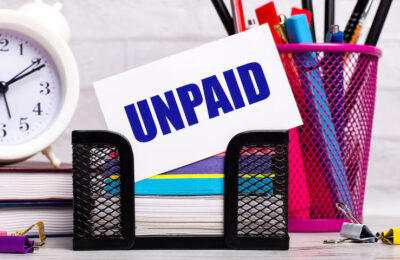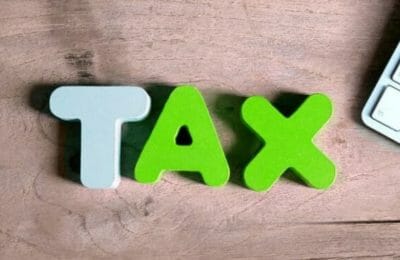
What are employment related securities?
Posted by Ben Locker on June 30, 2025In this article, we look at what employment related securities are, the schemes that are available, plus reporting rules that apply to them.

The Residential Nil Rate Band – What Does It Mean For You?
Posted by Karen Jones on June 30, 2025Learn about how the residential nil-rate band (RNRB) and how it applies to inheritance tax (IHT).

Is it time to make a lasting power of attorney?
Posted by Ben Locker on June 27, 2025Is it time to make a lasting power of attorney? In short, yes! It’s never too early to protect your financial and health affairs.

Tax rebate schemes – too good to be true?
Posted by Jon Pryse-Jones on June 26, 2025Beware of tax rebate schemes that seem too good to be true – or you could face a bill totalling tens of thousands of pounds.

Save Tax on your Buy To Lets without Incorporating…for married couples
Posted by Ian Henman on June 25, 2025Save tax on your buy to lets – if you are married and own properties there may be some tax efficient solutions for you. We explain.

Tax gap: small businesses & Corporation Tax in HMRC’s crosshairs
Posted by Mark Ingle on June 23, 2025HMRC has released its latest information about the tax gap – the difference between tax owed and tax paid – which highlights problem areas.

Landlord looking to transfer property to a limited company – the pros and cons
Posted by Jon Pryse-Jones on June 23, 2025Are you a landlord? Have you ever thought about transferring your properties to a Limited Company, you may find your better off!

Electronic sales suppression fraud: HMRC clamps down
Posted by Ben Locker on June 20, 2025HMRC is clamping down on electronic sales suppression fraud – sometimes called ’till fraud’. Don’t become the target of an HMRC dawn raid!

Disallowable expenses: don’t try to claim these on your tax return!
Posted by Karen Jones on June 19, 2025If you are self employed, it’s important not to claim disallowable expenses in your Self-Assessment Tax Return – or you could face penalties!

Claiming back your VAT on pre-registration expenditure
Posted by Mark Boulter on June 18, 2025Pre vat registration expenditure – don’t forget you can claim back the VAT from the taxman, find out more on how to do that now!





